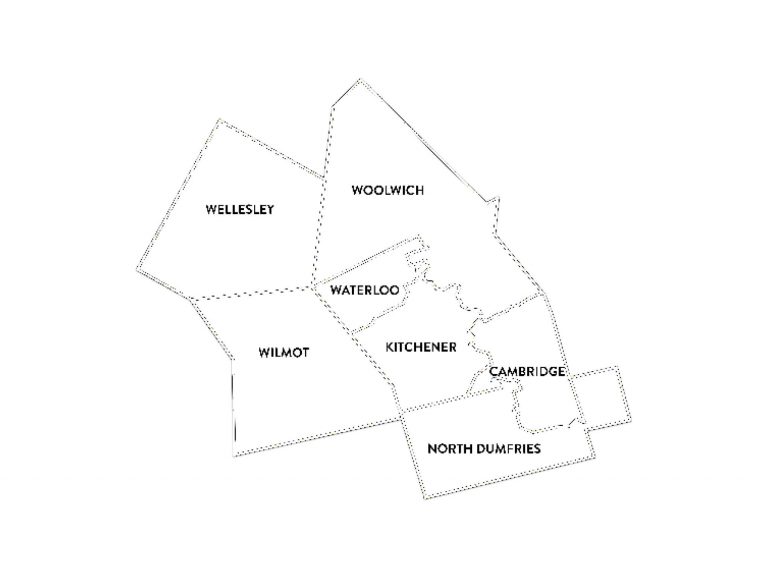When it comes to understanding which government is responsible for what, there may be no more confusing scenario than the split municipal government we have locally.
In 1973, the provincial government of Bill Davies imposed the two tier municipal government system on the region by creating the Region of Waterloo which encompasses three cities; Cambridge, Kitchener and Waterloo, and four townships; North Dumfries, Wellesley, Wilmot and Woolwich.
Every resident of the Region of Waterloo falls under the regional and one of the city or township governments. While confusing, a lot of our day-to-day, from garbage pickup to parking and lawn watering are governed by these two levels of government.
Regional Council is made up of the regional chair, two representatives elected each by residents in the cities of Cambridge and Waterloo, four representatives from Kitchener, and the mayors of each of the seven cities and townships in the Region.
Some of the services that you might be most familiar with that are overseen at the regional level include public transit, waste management, public health, emergency preparedness, police services and paramedics. Notably while the police and paramedics are managed at the regional level, the individual cities and townships manage the fire services.
The regional government is responsible for community services that include things like childcare, Ontario Works, employment services. This also includes one of the most pressing issues in our region right now, housing, including emergency shelters and affordable housing units as well as other programs.
The region also operates the regional airport as well as several museums and historical sites.
The cities and townships are responsible for cemeteries, parks and recreation programs, building inspections and permits and local economic development.
There are also many areas where the two levels have shared responsibility. The library system is a great example of this, with the three cities running their own library system and the region running a rural library system.
Things like the water system are also split, the region administers the water supply and treatment while the cities and townships are responsible for water distribution, wastewater collection and billing.
Roads are also divided up between the regional, city and township governments. The region usually administers large main arteries, while more local residential streets fall under the city or township.
By-laws are created and enforced by both levels of municipal governments. Bylaws like parking, noise and property standards are created by each city and township, while bylaws about things such as water use (lawn watering) and taxis are at the regional level.
Of course both of these levels of government can also attempt to take on issues beyond their specific powers by using their voice to the Provincial and Federal governments. Advocacy from the regional governments around GO transit coming to the region has been extensive.
Despite the day-to-day impact that the municipal levels of government have, municipal elections have the lowest voter turn out of the three levels of government. Over the summer and into the fall, the municipal election will start heating up. If you’ve ever wanted something changed or improved locally, engage the candidates before Oct. 22. Just don’t get frustrated if they tell you that is a regional or city issue.

